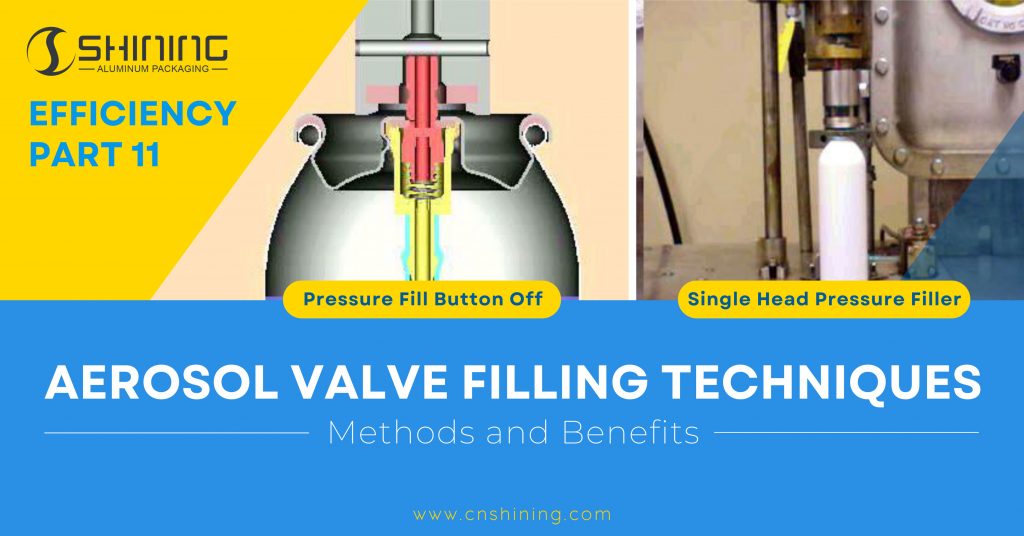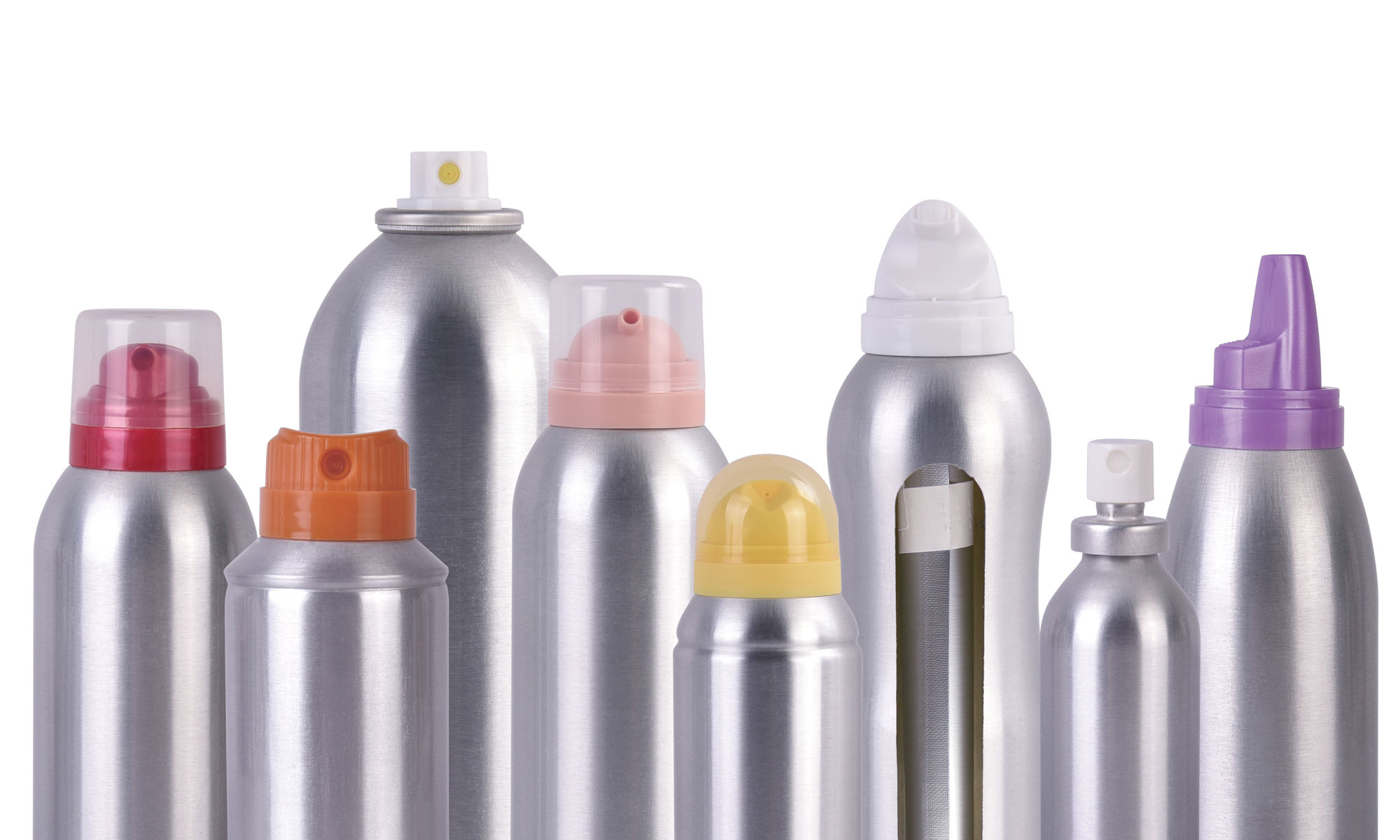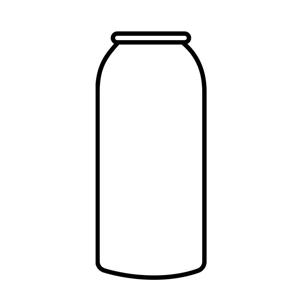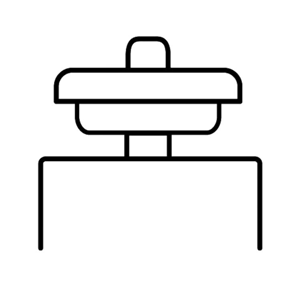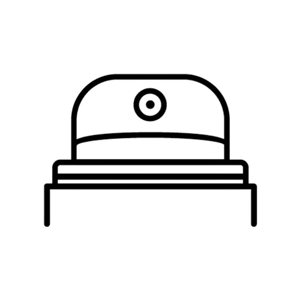تقنيات ملء صمامات الهباء الجوي: الأساليب والكفاءة
عندما يتعلق الأمر بإنتاج صمام الهباء الجوي، فإن عملية التعبئة تعتبر خطوة بالغة الأهمية. صمامات الهباء الجوي يجب أن يتم ملؤها بدقة وإتقان لضمان أداء كل منتج بشكل متسق وآمن للمستخدمين النهائيين. في هذه المقالة، سنستكشف طرق الملء الرئيسية - UTC، وملء الضغط، وطريقة هزاز الغاز - كل منها يوفر مزايا فريدة لتطبيقات مختلفة. سواء كنت جديدًا في إنتاج صمام الهباء الجوي أو مصنعًا متمرسًا، فإن فهم هذه التقنيات يمكن أن يكون لا يقدر بثمن في ضمان جودة منتجك وموثوقيته.
طرق التعبئة الشائعة لصمامات الهباء الجوي
أكثر ثلاث تقنيات شيوعًا لملء الهباء الجوي هي UTC (تحت الكوب)، وملء الضغط، وطريقة هزاز الغاز. توفر كل من هذه الطرق فوائد فريدة، ويعتمد الاختيار على المنتج المحدد، والوقود، وأهداف الإنتاج.
1. طريقة ملء UTC (تحت الكأس)
UTC، أو حشوة تحت الكأس، هي طريقة شائعة لملء صمامات الهباء الجوي عندما تكون هناك حاجة إلى دقة عالية. تتضمن هذه التقنية إحكام غلق الصمام على العلبة قبل حقن الوقود. يتم تعبئة المنتج أولاً في العلبة، وبعد ذلك يتم إضافة الوقود من خلال فتحة في ساق الصمام. تضمن هذه الطريقة الحد الأدنى من هدر المنتج وملءًا نظيفًا ومتسقًا.
مزايا UTC: الفائدة الأساسية لتقنية UTC هي أنها تقلل من احتمالات التلوث، حيث يتم تعبئة المنتج بشكل منفصل عن الوقود. بالإضافة إلى ذلك، تسمح تقنية UTC بالتعبئة المتحكم فيها، مما يضمن حقن الكمية المطلوبة فقط من الوقود.
2. طريقة التعبئة بالضغط
يعد التعبئة تحت الضغط تقنية فعالة أخرى حيث يتم إضافة كل من المنتج والوقود من خلال الصمام بمجرد تثبيته على العلبة. في هذه الطريقة، يتم استخدام الفراغ عادة لإزالة أي هواء زائد قبل التعبئة، مما يعزز الختم ويحافظ على جودة المنتج.
مزايا التعبئة بالضغط: هذه الطريقة مفيدة لملء العلب بمنتجات عالية اللزوجة لأنها تتيح استخدام الغازات المسالة، والتي تولد رذاذًا ثابتًا بمرور الوقت. كما أنها مفضلة للتطبيقات التي تتطلب نمط رش قوي وثابت.
3. طريقة هزاز الغاز
تُستخدم طريقة هزاز الغاز غالبًا في منتجات الهباء الجوي المتخصصة. هنا، تُملأ العلبة وتُضغط، ثم تُخضع لعملية رج للسماح للغاز بالذوبان في المنتج. هذه الطريقة شائعة بشكل خاص في الهباء الجوي المخصص للأغذية، حيث يلزم التوزيع الدقيق للدافع داخل المنتج لتحقيق رذاذ عالي الجودة.
مميزات جهاز جاسر شيكر: من خلال رج العلبة، تضمن هذه الطريقة خلط الوقود والمنتج بشكل كامل. وهي فعالة بشكل خاص في تطبيقات الأغذية والمشروبات حيث يكون الاتساق في جودة الرش والتدفق أمرًا ضروريًا.
دمج طرق التعبئة مع خطوط الإنتاج
إن التكامل السلس لتقنيات تعبئة الهباء الجوي مع خطوط الإنتاج هو مفتاح الكفاءة. غالبًا ما يصمم المصنعون خطوط الإنتاج للتعامل مع تقنيات تعبئة متعددة، مما يسمح بالمرونة في الإنتاج. كما يتم استخدام الأنظمة الآلية بشكل شائع، مما يتيح الدقة وتقليل تكاليف العمالة وتحسين الاتساق. غالبًا ما تستخدم خطوط الإنتاج الحديثة المراقبة في الوقت الفعلي للكشف عن أي مشكلات محتملة أثناء عملية التعبئة، مما يضمن تعبئة كل علبة رذاذ بشكل صحيح وجاهزة للتوزيع.
بالنسبة للتطبيقات ذات الطلب المرتفع، مثل منتجات الرعاية الصحية أو العناية الشخصية، يجب تحسين خطوط الإنتاج لتحقيق السرعة دون المساس بالجودة. يدمج المصنعون بشكل متزايد التقنيات الذكية مثل إنترنت الأشياء والذكاء الاصطناعي للصيانة التنبؤية وتحسين الكفاءة التشغيلية.
ضمان الجودة في تعبئة صمامات الهباء الجوي
يعد التحكم في الجودة جانبًا أساسيًا من جوانب تعبئة صمامات الهباء الجوي، وخاصةً بالنسبة للصناعات التي تفرض متطلبات تنظيمية صارمة. وفيما يلي بعض الخطوات التي يمكن للمصنعين اتخاذها لضمان ضمان الجودة:
- اختبار التسرب: يتم اختبار كل علبة مملوءة بحثًا عن التسربات لتجنب هدر المنتج وضمان السلامة.
- فحص الوزن: يعد التحقق من وزن كل علبة مملوءة أمرًا بالغ الأهمية لمراقبة الجودة، وضمان أن كل منتج يحتوي على الكمية الصحيحة من المحتويات.
- اختبار نمط الرش: بالنسبة للمنتجات التي تعتبر جودة الرش فيها أمرًا بالغ الأهمية، يساعد اختبار نمط الرش على ضمان تجربة مستخدم متسقة.
- اختبار وظائف الصمام: لضمان فتح الصمام وإغلاقه بشكل صحيح، يقوم المصنعون باختبار كل وحدة للتأكد من وظيفتها.
يستثمر العديد من المصنعين في آلات الاختبار الآلية، والتي يمكنها تقييم هذه المعلمات بسرعة وتقليل الخطأ البشري. بالإضافة إلى ذلك، يمكن استخدام البيانات في الوقت الفعلي من خط الإنتاج لضبط المعلمات أثناء التنقل، مما يضمن إنتاجًا عالي الجودة لكل علبة.
10 أسئلة شائعة حول تقنيات ملء صمام الهباء الجوي
- ما هي أفضل طريقة تعبئة صمامات الهباء الجوي؟ يعتمد ذلك على نوع المنتج. تُعد UTC مثالية للحشوات النظيفة، والحشوات تحت الضغط للمنتجات عالية اللزوجة، وهزازات الغاز لتوزيع الغاز بالتساوي.
- كيف أختار الوقود المناسب؟ عند اختيار الوقود، يجب أن تؤخذ في الاعتبار لزوجة المنتج، ونمط الرش المطلوب، والتأثير البيئي.
- كيف تعمل عملية تعبئة UTC على منع التلوث؟ تقوم شركة UTC بملء المنتج أولاً، ثم الوقود، مما يقلل من مخاطر التلامس والتلوث.
- هل التعبئة بالضغط مناسبة لجميع المنتجات؟ يعد التعبئة بالضغط متعددة الاستخدامات ولكنها تعمل بشكل أفضل مع المنتجات التي تحتوي على وقود الغاز المسال للحصول على رش متناسق.
- ما هي فحوصات الجودة المهمة بعد التعبئة؟ اختبارات التسرب، وفحوصات الوزن، والتحقق من نمط الرش ضرورية لضمان الجودة.
- لماذا يتم استخدام هزاز الغاز في الهباء الجوي المخصص للأغذية؟ ويضمن توزيع الوقود بشكل متساوي داخل المنتج، وهو أمر مهم للرش المتسق في التطبيقات المخصصة للأغذية.
- هل يمكن أن تتم عملية التعبئة آليا؟ نعم، يستخدم العديد من المصنعين أنظمة آلية لتعزيز الكفاءة والدقة في التعبئة.
- كيف يمكنني ضمان الامتثال البيئي؟ اختر الوقود الصديق للبيئة واتبع بروتوكولات إدارة النفايات لضمان الامتثال.
- ما هي أهمية اختبار نمط الرش؟ ويضمن أن يوفر المنتج التغطية المطلوبة، وهو أمر ضروري لتطبيقات مثل منتجات العناية الشخصية.
- كيف تعمل الأنظمة الآلية على تحسين كفاءة التعبئة؟ إنها تعمل على خفض تكاليف العمالة، وتقليل الأخطاء، وتمكين الإنتاج عالي السرعة مع جودة ثابتة.
هل أنت مستعد لمعرفة المزيد؟
في مصنعنا، نحن متخصصون في التكنولوجيا المتقدمة تصنيع صمام الهباء الجوي التقنيات، مما يضمن ملء كل منتج بدقة وجودة. قم بزيارة موقعنا صفحة المنتج لمزيد من المعلومات أو اتصل بنا مباشرة لمناقشة احتياجاتك من صمامات الهباء الجوي. فريق الخبراء لدينا موجود هنا لإرشادك في كل خطوة، من اختيار الصمام المناسب إلى ضمان الجودة في التعبئة.
لمزيد من المعلومات حول طرق ملء صمام الهباء الجوي، قم بزيارة هذه المقالة على ويكيبيديا لتعميق فهمك لتكنولوجيا الرش الهوائي.

















